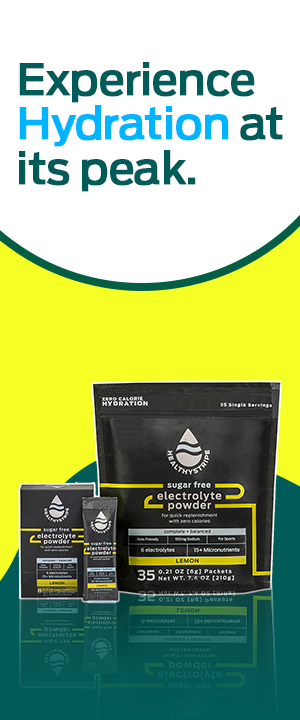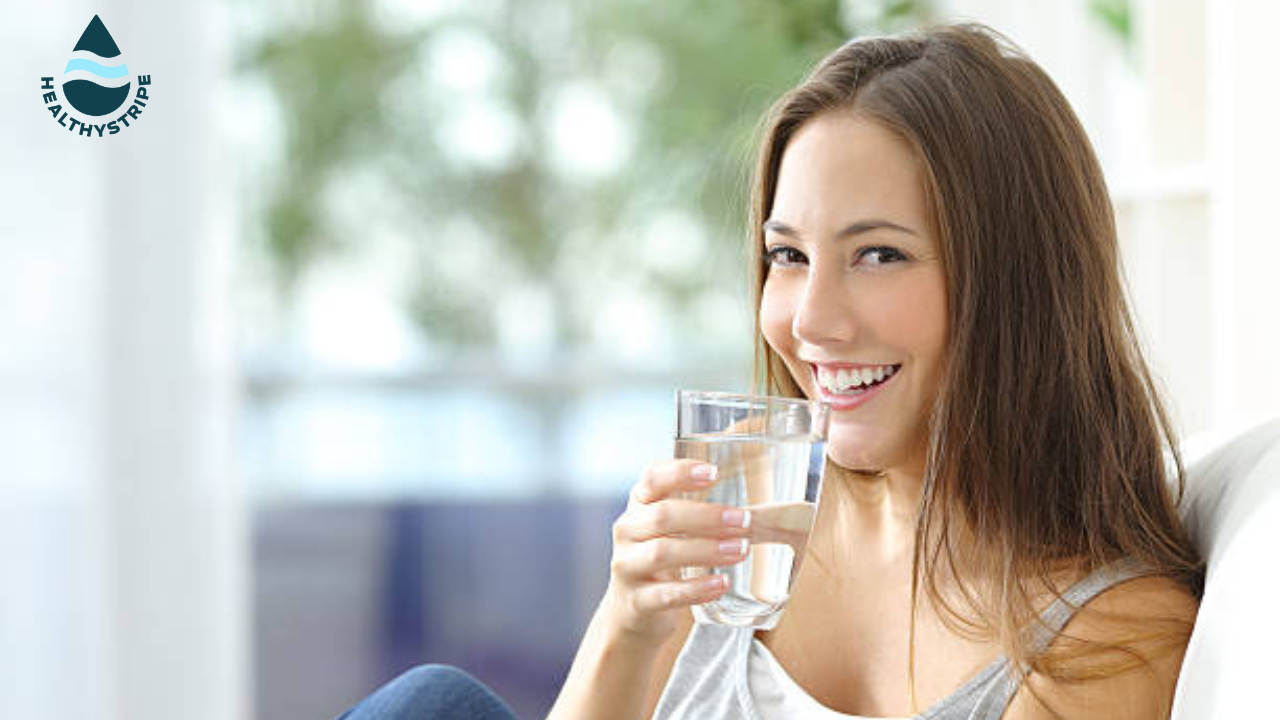Food Poisoning: Everything You Need to Know

A gastrological infection known as food poisoning or a foodborne sickness is typically brought on by consuming food contaminated with bacteria, fungi, or viruses.
Food can readily become contaminated during the harvesting or manufacturing process when it is not stored correctly, kept at a suitable temperature, or is not fresh. The CDC estimates that 48 million Americans acquire some form of food poisoning each year.
Within a few hours of ingesting contaminated food, a person may have severe to mild food poisonings symptoms such as diarrhea, vomiting, nausea, or abdominal discomfort that may linger for a few hours or days and go away on their own.
Food Poisoning Symptoms
The intensity of the symptoms might vary from person to person depending on the level of contamination in the food consumed and can appear unexpectedly and in any combination.
Vomiting is typically the first symptom and may subside more quickly than diarrhea from food poisoning.
Despite the symptoms’ quick onset, they can typically be linked to the microorganisms usually present in human food. Prevalent food poisoning causes include contaminated dairy products, raw food with microorganisms, and food washed in tainted water.
Food Poisoning Causes
Although more than 250 different bacteria, viruses, and parasites have been linked to food poisoning, the following are the most frequent ones:
- Salmonella: It is a bacterial group and the country’s leading cause of food poisoning incidents. The CDC estimates that salmonella infection is responsible for 1,350,000 cases of food poisoning year, including 26,500 hospitalizations. Unpasteurized milk, fruits, vegetables, and undercooked meat are all sources.
- Parasites: Although parasites are less common than bacteria, we must not ignore that they can be highly hazardous because they can remain in the digestive tract for years without indicating that they are there. A form of parasite called toxoplasmosis is also a significant cause of food poisoning-related deaths in the US, according to the CDC.
- Viruses: It should come as no surprise that viruses can harm our bodies badly. 19 to 21 million cases of vomiting and diarrhea are reportedly brought on by the norovirus each year in the US. Additionally, it is claimed to cause vomiting, particularly in kids. You may get mild food poisoning symptoms after contracting it, lasting 1-3 days.
- Campylobacter: It is one of four major global causes of human gastroenteritis and is the most prevalent. It typically occurs in undercooked poultry but can also be infected in something as simple as water. Although the symptoms may not appear for a few days, they often disappear between 3 to 10 days. Should this occur, food poisoning may result in bloody diarrhea.
Types of Food Poisoning
There are about 250 types of food poisoning, just like the many different causes. Some of the more prevalent varieties are discussed here.
- E. Coli. : Toxins are created in your small intestine when you consume E. Coli-contaminated food or water, which might cause nausea or stomach pains. Additionally, diarrhea might result from this kind of food poisoning. It is possible that undercooked meat, raw vegetables, or improper handling of food intended for consumption can cause you to become ill.
- Norovirus: It is highly contagious when a healthy person comes into contact with an infected person or when you touch your face with hands that have been laid on contaminated surfaces. Within 12 to 48 hours of infection, it begins to manifest as a symptom and can also be acquired from raw shellfish, leafy greens, or fresh fruits and vegetables.
- Listeriosis: It is most serious for those who have a weakened immune system, women who are pregnant, or those who are over 65. Listeria is the third most common cause of foodborne illness-related deaths in the US, according to the CDC. These bacteria can easily survive in refrigerators and can be found in soft cheese, deli meats, or sprouts. You won’t begin to experience its symptoms for 1 to 4 weeks.
- Hepatitis A: This is a prevalent type of food poisoning that is usually transferred by shellfish or contaminated water/ice. According to research, there are thought to be 3,000 new cases of hepatitis A each year in the US.
Even though food poisoning is widespread, it can be easily avoided by eating healthily, cooking food properly, using different utensils and tools for other food items, and properly storing food in the refrigerator.
FAQs
How long does food poisoning last?
How do I know if I had food poisoning?
Getting sick (vomiting) and having stomach pains. a temperature of at least 38C. feeling sick in general, like when you’re tired or have aches and chills.









